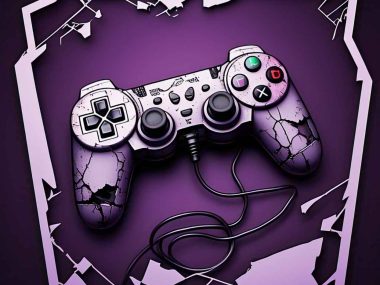Nearly a century after the events of Baldur’s Gate 2, Larian Studios opens the next chapter not with nostalgia, but with transformation. Literally. You awaken aboard a mind flayer ship, infected with a parasite that threatens to remake you into one of the very monsters you’re trying to escape. This isn’t just a battle for survival. It’s a battle for identity, agency, and truth. Unfortunately, you are in a world where nothing, including your own body, can be trusted.
So the question is no longer just how you survive. It’s who you become by the end of it.
The Parasite That Changes Everything
The game begins in the Nine Hells. Captured by mind flayers and implanted with a tadpole that should be rewriting your brain. You manage to escape during a chaotic assault by the Githyanki, led by Lae’zel, a warrior you can ally with if you dare to trust her. With Shadowheart, a mysterious cleric, and a friendly intellect devourer in tow, you fight your way to the helm of a crashing nautiloid. You steer it out of hell, only to crash-land near Baldur’s Gate.
You’ve escaped Avernus but the tadpole is still inside you. And it’s not doing what it’s supposed to.
The Slow Burn of Transformation
In the first act, the mystery is clear: why hasn’t ceremorphosis begun? This central question drives the early hours of your journey and adds a creeping dread to every interaction. Each companion you recruit, whether it’s Gale, the wizard with a secret; Astarion, the vampire spawn rogue; or Wyll, the heroic warlock, carries the same parasite. Yet, none of you are changing. Not yet.
The game doesn’t just use this to build suspense. It uses it to explore trust. Can you trust your companions? Can you trust yourself? Can you trust the very abilities the parasite grants you?
Baldur’s Gate 3 is interested in how desperation shapes morality. Every potential cure, from the druid healer Nettie’s poison, to the devil Raphael’s bargain, to the hag Auntie Ethel’s twisted offer, asks you what you’re willing to give up to stay yourself.
When Side Quests Become Moral Tests
It’s easy to mistake the conflict between the tiefling refugees and the goblin horde as a side quest. But helping the grove is more than a favor. It’s a reflection of your values. You can choose indifference. You can side with the goblins. You can embrace the title of “True Soul” and lean into your parasite’s power. Or you can try to save Master Halsin, a captured druid whose healing might finally bring answers.
But nothing is clean in Baldur’s Gate 3. Choosing one path always means closing the door to another. And consequences are rarely immediate. They unfold over time, testing not just your strategy but your principles.
Pushing Forward: The Road to Moonrise Towers
When no cure is found in the grove, the journey turns underground. Into the Underdark, a labyrinth of danger and beauty. Duergar slavers, sentient mushrooms, and ancient horrors block your path to Moonrise Towers, the next major clue in the tadpole mystery. It’s a reminder that this world does not hand over answers. You must fight, earn, and sometimes betray your way forward.
This progression isn’t just about increasing difficulty. It mirrors the shift from survival to purpose. The closer you get to Moonrise Towers, the more the game shifts from asking how do I stop this? to what am I becoming?
Why It Matters
At first glance, Baldur’s Gate 3 appears to be a story about removing a parasite. But underneath the high fantasy, it’s a story about power, identity, and choice. The tadpole isn’t just a threat. It’s a temptation. The game constantly asks: will you cling to who you were, or embrace what you could become?
And that’s where Baldur’s Gate 3 shines. Not in how it continues a legacy, but in how it challenges it. It doesn’t just ask you to play a role. It asks you to decide who your character really is. It’s not just a sequel. It’s a confrontation. With yourself.
📌 Changelog
- Jun 8, 2025: Article re-written to add additional information.
- Aug 1, 2023: Original article posted.






